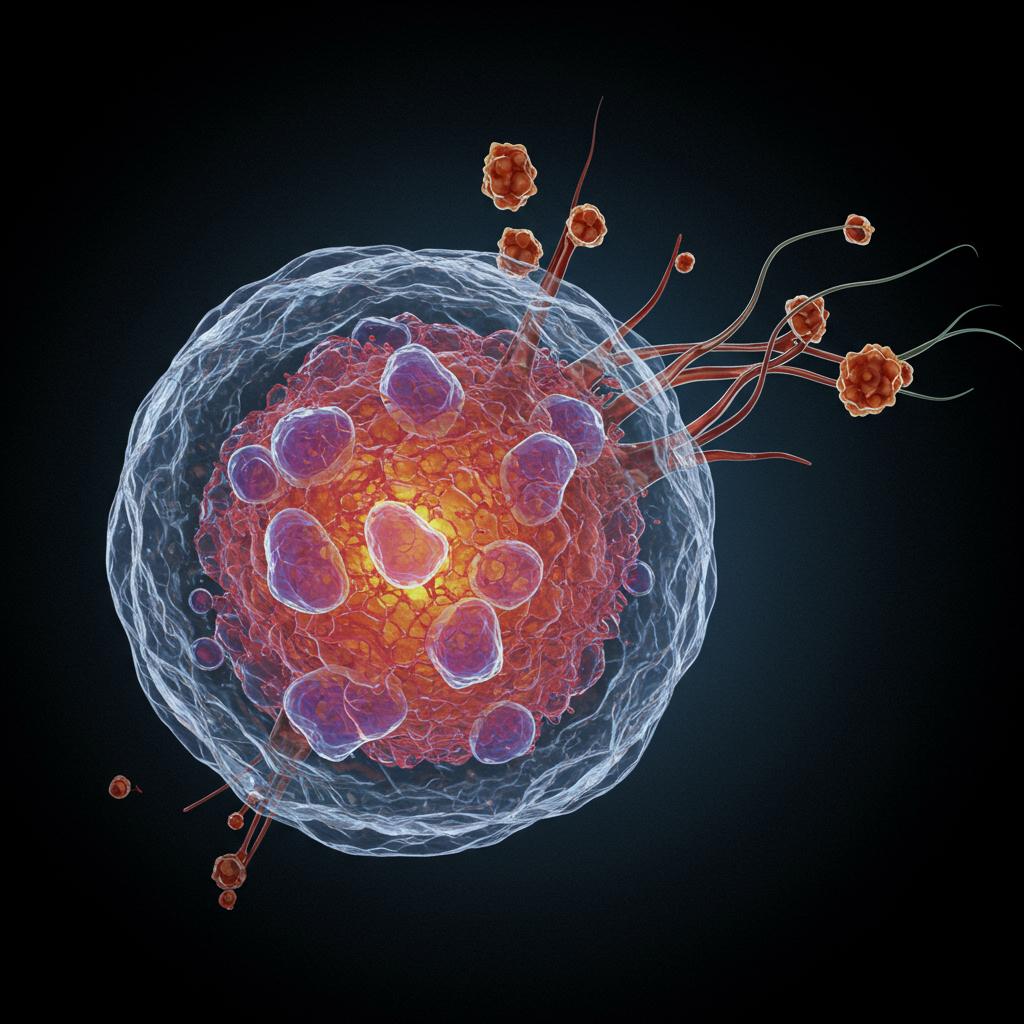
Imagine a world without scars. A world where cuts, burns, and other skin injuries heal perfectly, leaving behind smooth, healthy skin. It might sound like science fiction, but researchers are working hard to make this a reality. Scarring affects millions of people each year, causing not only cosmetic concerns but also potentially painful and restrictive scar tissue. Finding ways to regenerate skin instead of just forming scar tissue is a huge area of focus in biomedical research.
Recent studies offer a glimmer of hope. Scientists have observed true skin regeneration in several mouse models, meaning the healed skin isn’t just patched up, but actually regrows with all its normal structures like hair follicles, sweat glands, and the intricate web of proteins that give skin its strength and elasticity. This suggests that even after birth, mammalian skin, including our own, might retain the ability to regenerate under the right conditions.
One key factor in scarring is mechanical force. When a wound heals, the skin pulls together, creating tension. This tension can disrupt the delicate process of regeneration and lead to fibrosis, or the formation of thick, inflexible scar tissue. Therefore, researchers are exploring ways to manipulate these mechanical forces using specialized devices or medications to encourage regeneration instead.
Several fascinating examples highlight the potential for regeneration:
- Wound-induced hair neogenesis: In some cases, new hair follicles have been observed growing within healed wounds, a sign of true regeneration.
- Acomys “spiny” mice: These unique mice naturally regenerate skin after injury, offering valuable insights into the regenerative process.
- Murphy Roths Large (MRL) mice: Another strain of mice demonstrating remarkable regenerative abilities.
- Mice treated with mechanotransduction inhibitors: By blocking the pathways that sense and respond to mechanical forces, scientists have been able to promote regeneration.
Comparing regenerating wounds in these models to typical scarring wounds reveals important differences. Regenerating wounds show distinct patterns in how the skin’s structural proteins interact and how cells respond to mechanical signals. Key signaling pathways like Wnt, Sonic hedgehog, focal adhesion kinase, and Yes-associated protein appear to play crucial roles.
Advanced technologies like single-cell “omics” are allowing researchers to analyze individual cells within wounds, providing an unprecedented level of detail. These analyses suggest that skin regeneration may mimic the developmental processes that occur in the embryo. However, it’s still unclear if these same mechanisms apply to humans and other animals with tighter skin.
While these early findings in mice are exciting, further research is essential. Comparing results across different models is necessary to resolve conflicting findings and identify the key regulators of skin regeneration. Crucially, we need studies in larger animals with skin more similar to humans, like pigs, to see if these regenerative strategies can translate to clinical practice. This research holds the potential to revolutionize wound healing, leading to scar-free healing and improved quality of life for millions.
